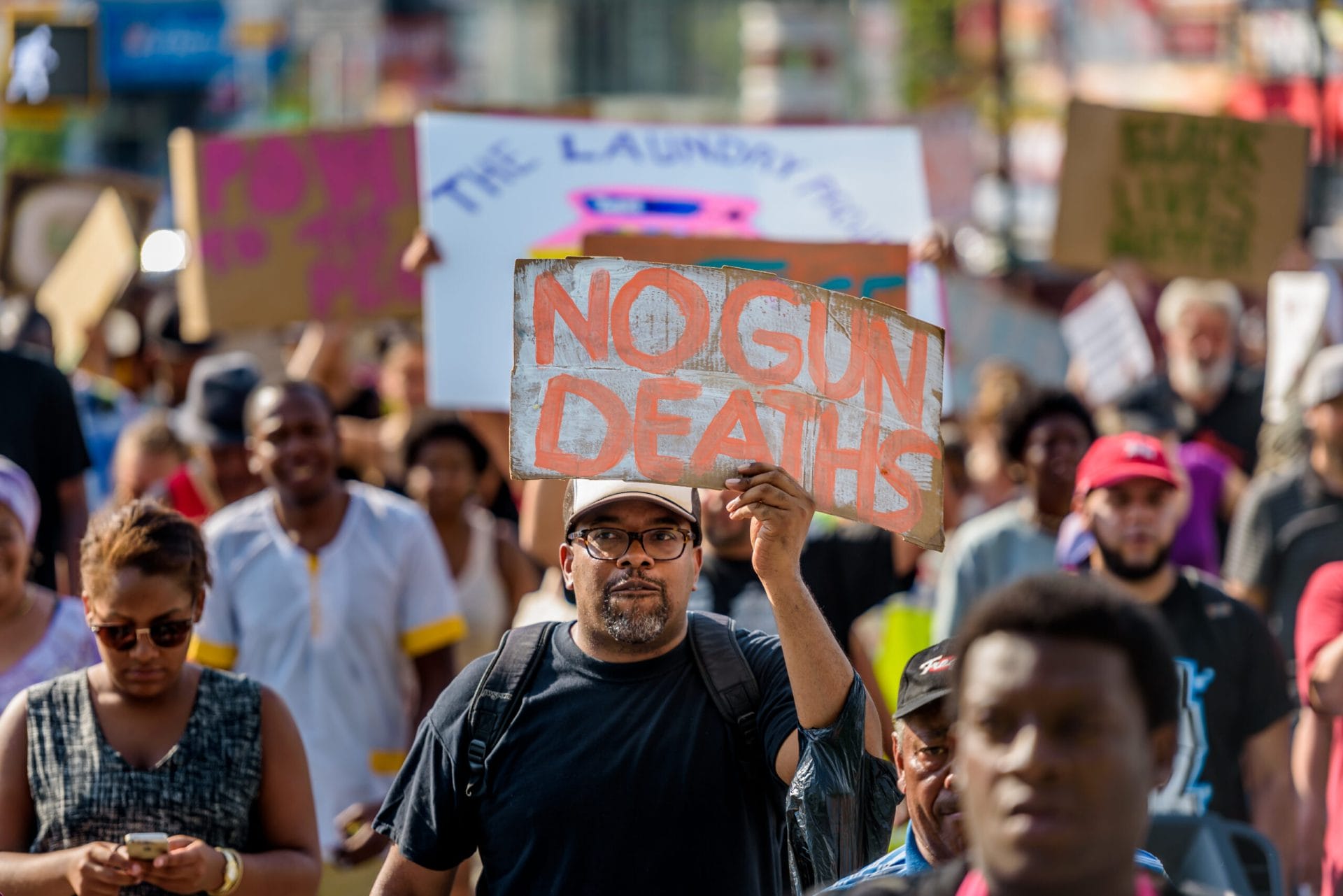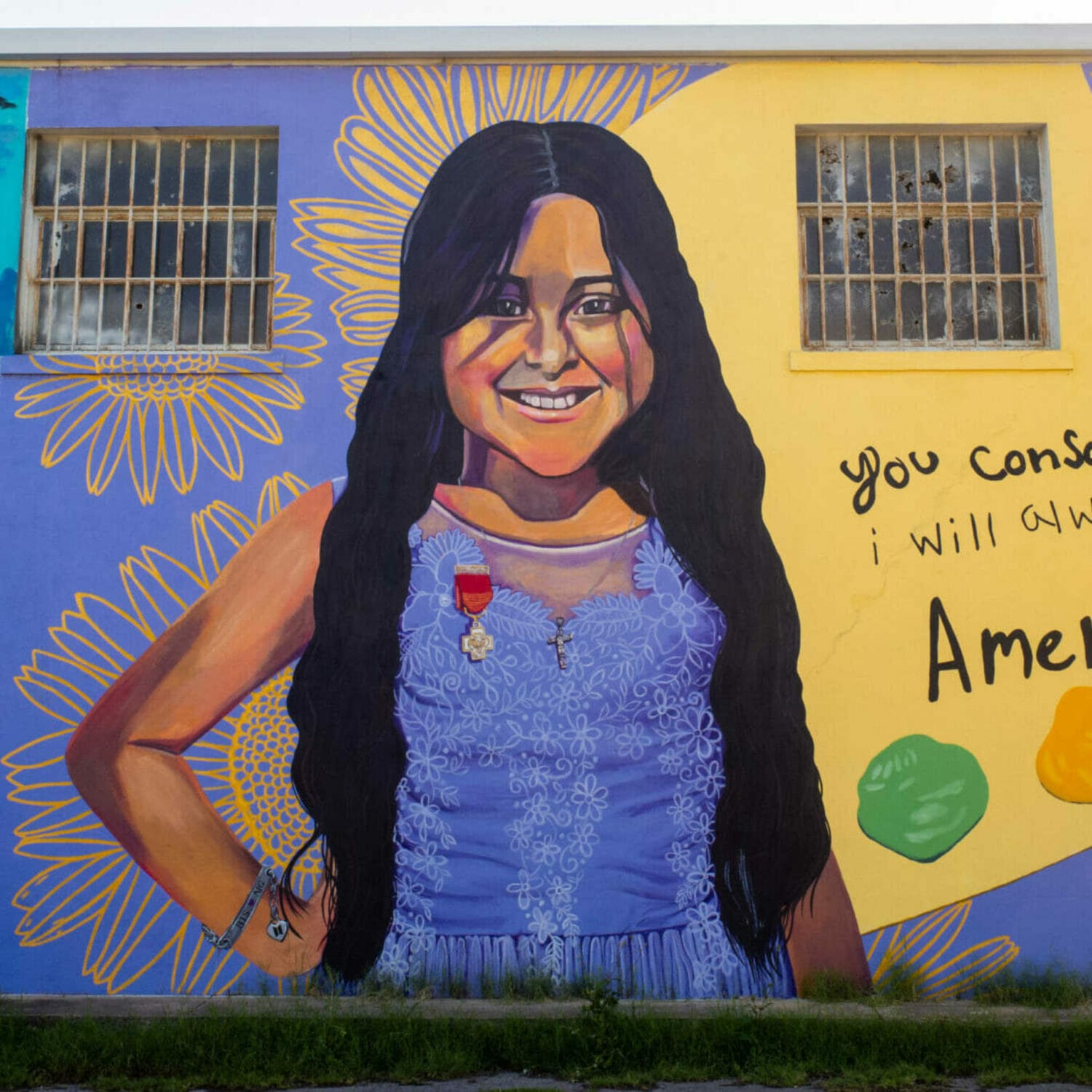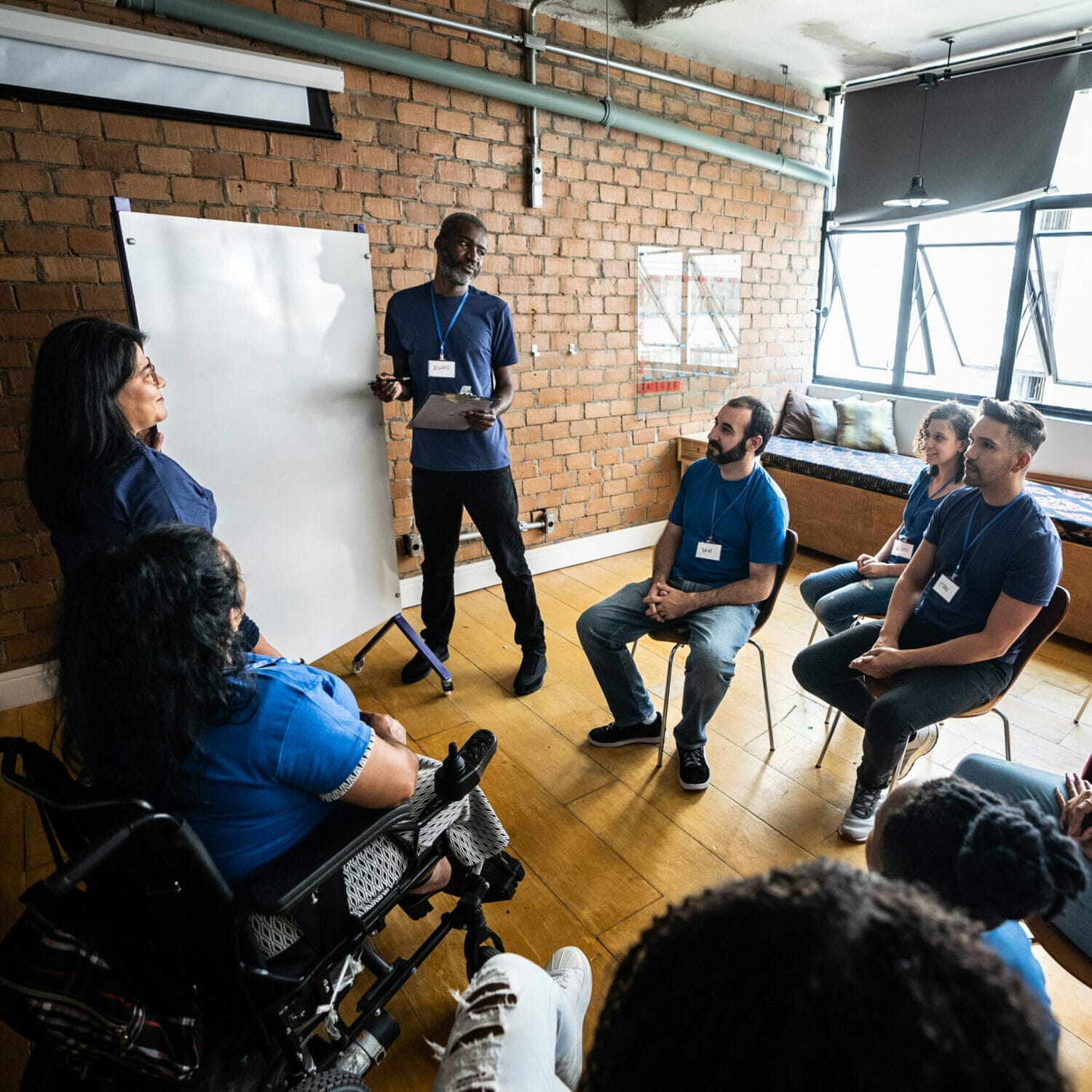
2024 Community Violence Intervention Legislative Year in Review
We’re marking a year of achievements while deepening our commitment to community-led progress.
Legislation to support and implement community violence intervention strategies continues to be among the most popular gun violence prevention policies nationwide.
In 2024, GIFFORDS tracked over 90 CVI-related bills in 25 states and Washington DC. Despite shifting political landscapes, states across the spectrum continued to recognize the importance of addressing gun violence through community-based public health programs, signaling a sustained commitment to these efforts.
The largest number of these bills—34 in total1 —focused on directly funding CVI work through state appropriations. Through legislation focused on CVI efforts nationwide, states appropriated more than $520 million to support CVI work in 2024. This represents a dramatic increase in support since 2017, when just five states invested $70 million in CVI programs.
As we enter an uncertain federal landscape in 2025, state policy trends and developments matter more than ever before. To stay updated on the progress of CVI legislation nationwide, explore CVI-PATH, our legislative tracker, for insights and updates.
States are building infrastructure and developing offices for violence intervention and prevention in an effort to create spaces for innovative, community-driven approaches that can adapt to changing political conditions. This state-level leadership demonstrates the value of sustained investment and strategic planning to address gun violence effectively. It also underscores a shared commitment to locally designed solutions, bolstered by robust state support, as critically necessary to confronting this urgent public health crisis. Below are some key highlights from the year:
- Thirteen states and Washington DC appropriated more than $520 million through legislation to CVI-focused efforts nationwide. New violence prevention funding was enacted in Florida (HB 5001) and South Carolina (HB 5100), demonstrating growing bipartisan momentum for these initiatives across traditionally conservative states.
- A record 10 bills in eight states aimed to fund violence prevention through gun industry taxation, following California’s success with AB 28 in 2023. After passing legislation (HB 1349) to create Proposition KK in Colorado, voters approved a 6.5% tax on firearms and ammunition to fund victim services. Similar proposals in Maryland (SB 784 and HB 935), Virginia (HB 1181), Washington (HB 2238), and Wisconsin (AB 1221) were considered and failed. Proposals in Massachusetts (HB 2771), Michigan (HB 4605), and New York (SB 270 and SB 5476) face ongoing consideration amid opposition from the gun lobby.
- Louisiana designated violence as a public health crisis through new legislation, directing its Department of Public Health to conduct a statewide root cause analysis (SB 509).
- Twelve states and Washington DC introduced bills creating an Office of Violence Prevention or equivalent department. Specifically, Maine passed a bill creating an Office of Violence Prevention (HB 1420) and Maryland created a Center for Firearm Violence Prevention and Intervention (SB 475), bringing the total number of states with such offices to 15. GIFFORDS Center for Violence Intervention supports the development of these agencies with the CVI State Administrator Peer Network.
- Several states pursued creative means of achieving sustainable funding for the CVI field, including through the existing state sales tax (Michigan HB 4605 and HB 4606), a tax on vaping products (Wisconsin AB 1221), the sales of special license plates (Colorado HB 1105), and cannabis sales tax revenue (Vermont HB 839).
- Six states introduced Medicaid reimbursement for violence prevention professionals, including Michigan (HB 6046), Minnesota (HB 3834 and SB 3649), New Jersey (SB 1407), Tennessee (HB 1738), Virginia (SB 311), and Washington (HB 2197). None of these bills passed in 2024, although the bills in Michigan and New Jersey are still pending. Concerns about an unsupportive federal administration, costs, and implementation remain challenges that will require concerted advocacy to overcome.
Several jurisdictions stepped up for community violence intervention in 2024 by taking bold legislative action to fund and expand proven solutions. Through dedicated funding streams, new programs, and innovative policies, these states demonstrated how government can effectively partner with communities to prevent violence. Their achievements reflect a growing recognition that community-driven approaches are essential for public safety.
Colorado
Colorado passed a historic ballot measure (created by HB 1349) authorizing a 6.5% excise tax on ammunition and firearms in order to fund crime victim support services, mental health services for veterans, and youth and school safety programs. The revenue generated from Proposition KK is estimated at $39 million. This deliberate legislative action creates a consistent channel of funding to expand violence prevention, healing, and recovery programs to communities most impacted by gun violence across the state.
FLORIDA
Florida took a major step in addressing community violence by appropriating $2.5 million in its state budget to fund CVI programs for the first time. After last session’s veto of $5 million, this new funding will provide essential resources to support evidence-based initiatives in Orlando, Tampa, and Miami, marking a shift in how the state approaches violence prevention.
MARYLAND
Maryland made remarkable strides in advancing CVI priorities after a challenging legislative session in 2023, where three CVI-related bills failed. In 2024, the state turned the tide by successfully passing three critical bills, maintaining over $8 million in CVI funding (SB 360), establishing a Center for Firearm Violence Prevention and Intervention (SB 475), and launching a grant program offering up to $250,000 for community-driven violence prevention efforts (SB 430).
SOUTH CAROLINA
South Carolina took a modest but meaningful step toward improving public safety by establishing the Community Violence Intervention Program within the Department of Public Health, supported by approximately $700,000 in funding. This progress is particularly noteworthy, as similar legislation introduced in the previous legislative cycle failed to gain traction.
VERMONT
The Vermont legislature appropriated $5 million to continue funding the Community Violence Prevention Program, which was established by the legislature in 2023 (SB 4) in order to support the implementation of “innovative, evidence-based, and evidence-informed programs addressing causes of youth and community violence.” With a total population of 674,000, this investment makes Vermont, on a per capita basis, one of the top supporters of this approach to violence reduction and demonstrates that such solutions are needed in more than just large states with dense urban populations.
STAY CONNECTED
Interventions are most effective when they are supported by strong community networks. Sign up for Giffords Center for Violence Intervention’s newsletter to learn more about what’s happening in the field, relevant legislation, and funding opportunities.
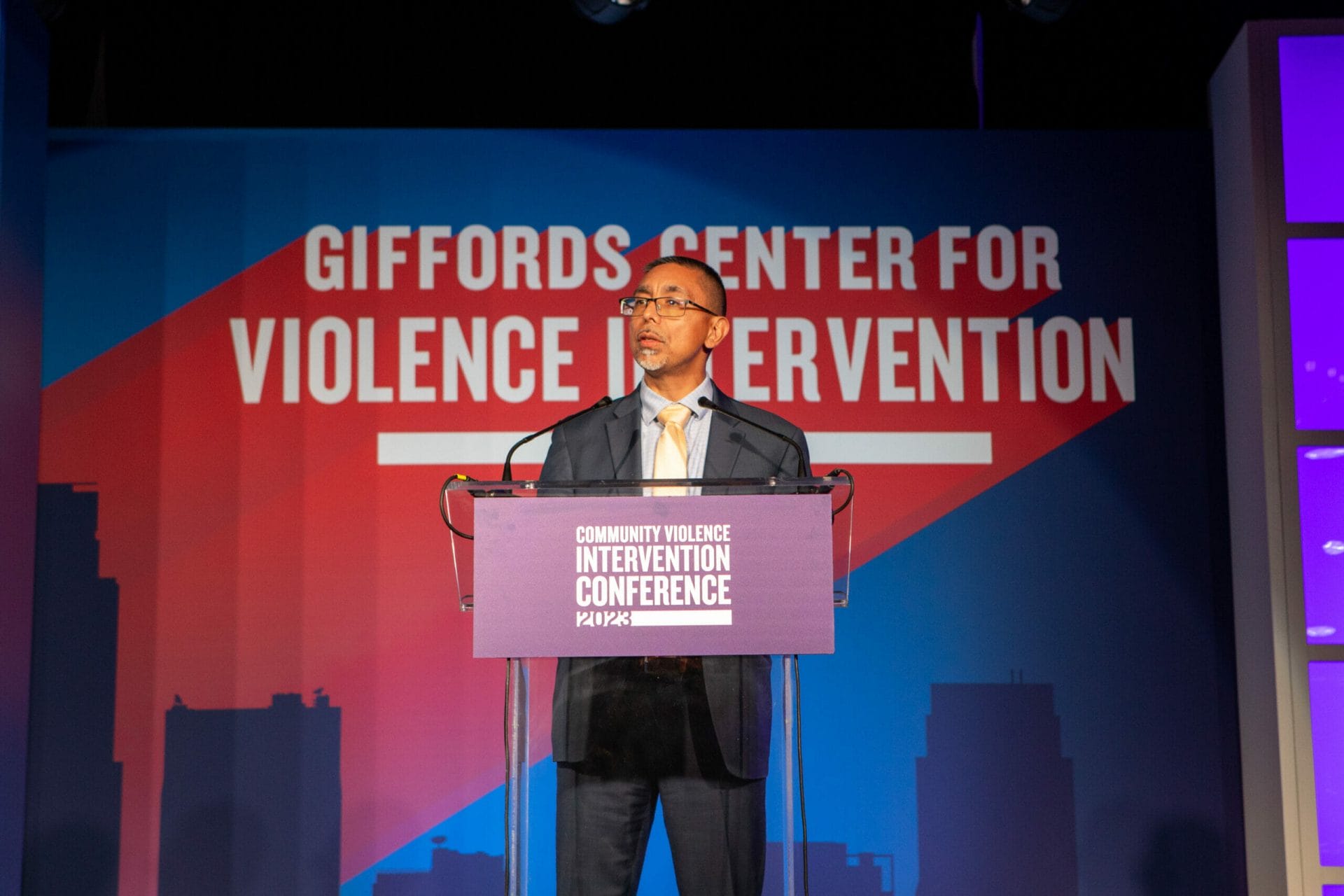
As we move into 2025, several opportunities stand out as promising and achievable next steps for advancing community violence intervention efforts. Setting the tone for the new year, Michigan is preparing to expand Medicaid reimbursement for violence prevention professionals, with legislation currently awaiting the governor’s signature. The state also has a proposal for a $75 million annual investment in CVI from sales tax revenue in conference committee. Other states are following the lead of their peers and expanding state-level offices for violence prevention. These advancements, along with many other efforts, highlight practical pathways for strengthening infrastructure.
Growing bipartisan support across the country has created the foundation for community-driven approaches to thrive. By investing in resources, refining strategies, and addressing local challenges, communities can effectively access the tools necessary to heal and prevent violence in ways that are both intentional and effective.
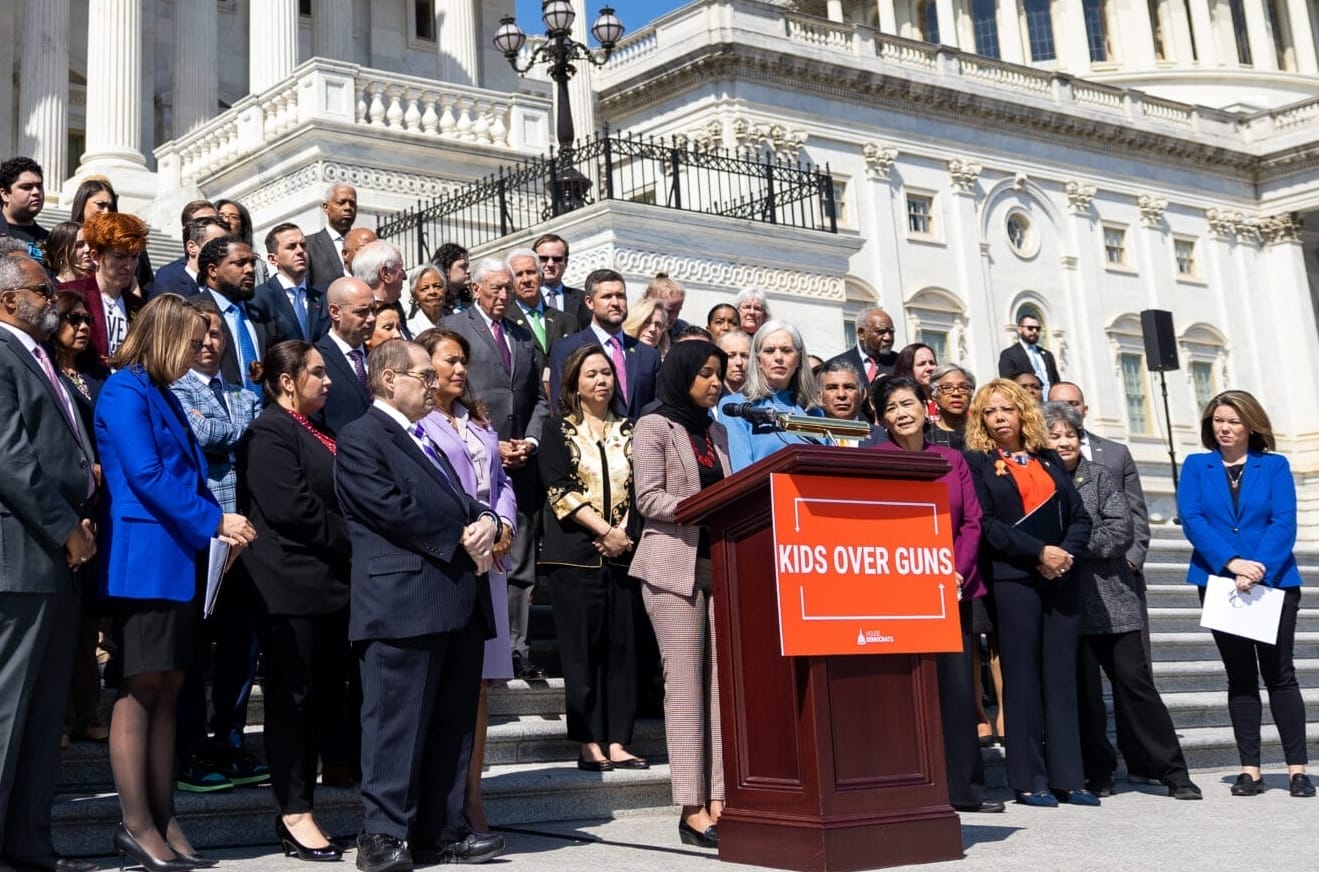
SPOTLIGHT
TRACKING CVI LEGISLATION
Community violence intervention is a crucial approach to fighting gun violence. Keep up to date on the latest CVI legislation in your state with the Giffords Community Violence Intervention Policy Analysis & Tracking Hub—CVI-PATH.
Read More- Includes enacted, failed, introduced, pending, passed first chamber, prefiled, sent to governor, and vetoed.[↩]
